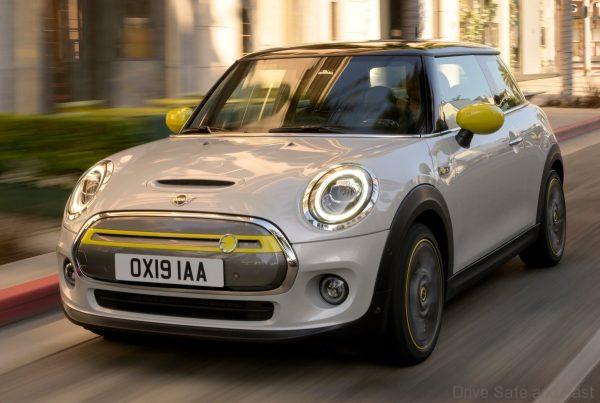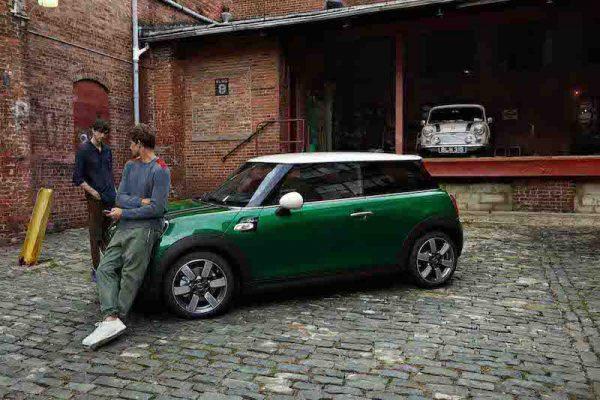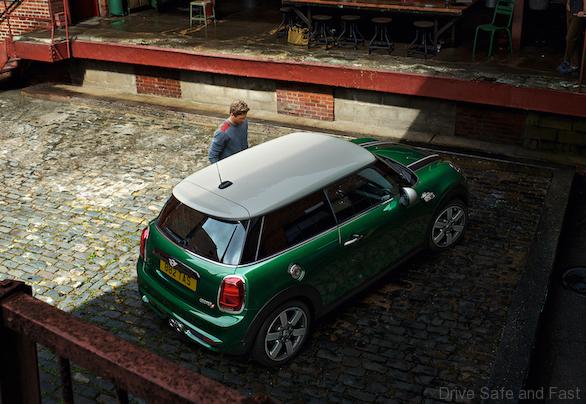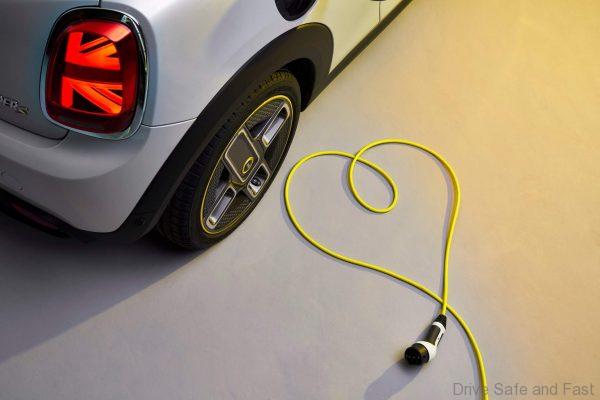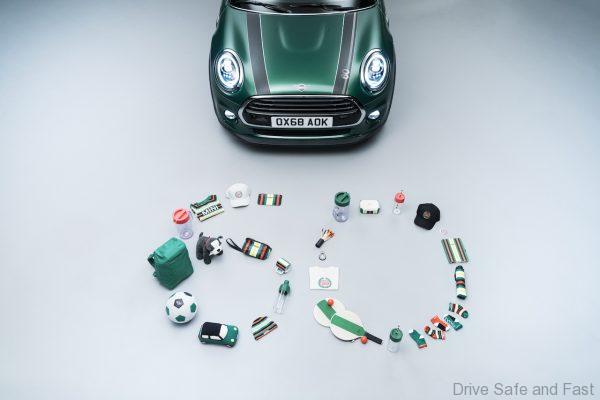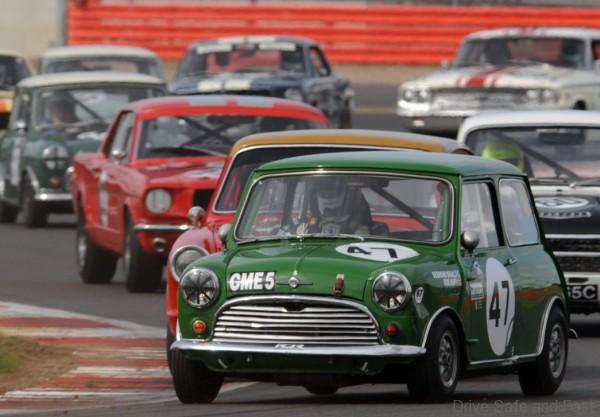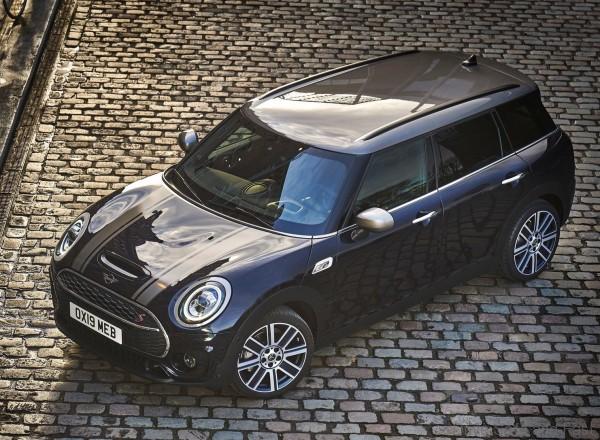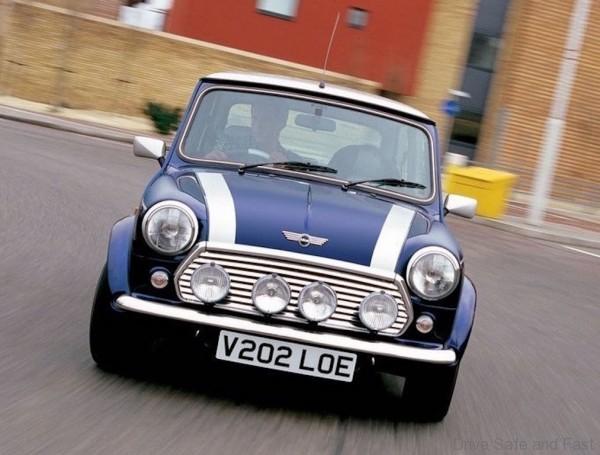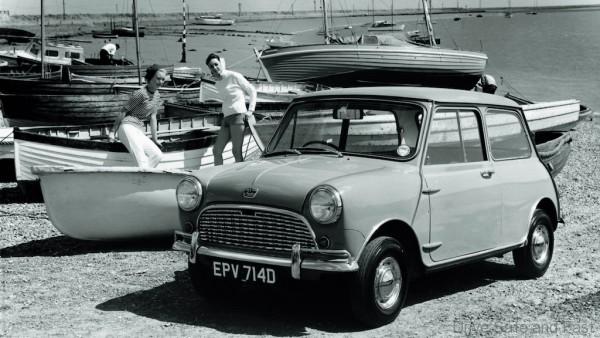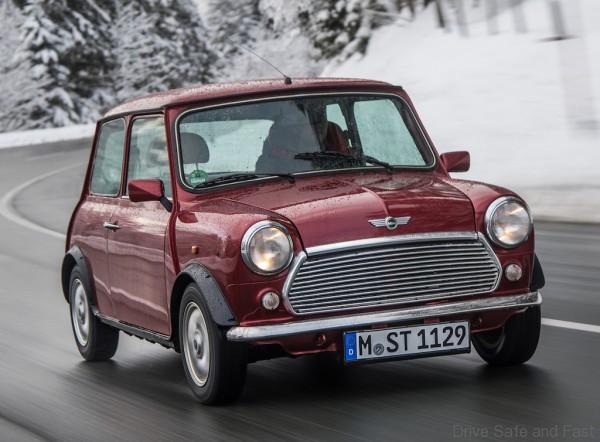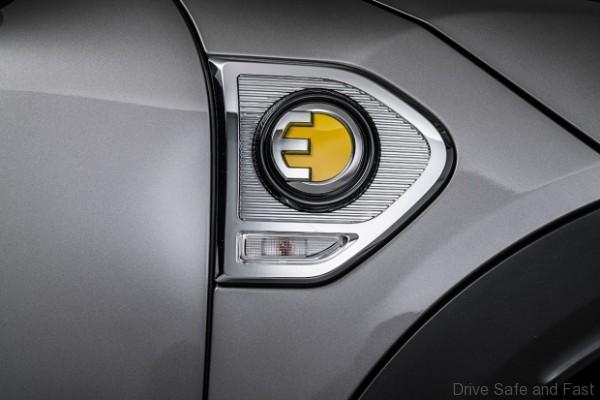The MINI model family over years
The original in the premium segment of small cars has reached its 60th birthday – but it is even younger than ever. It was sixty years ago, to be precise on 26 August 1959, that British Motor Corporation (BMC) proudly revealed the result of their development activities in creating a new, revolutionary compact car. And indeed, the public right from the start were able to admire no less than two new models: The Morris Mini-Minor and the Austin Seven. This double premiere of two almost identical four-seaters was of course attributable at the time to the broad range of brands offered by BMC in the market, but it was also of very symbolic nature.
Lots of space inside with minimum dimensions outside, seats for four passengers, impeccable driving characteristics, superior fuel economy, and a very affordable price – precisely this was the brief the creator of the Mini, automotive engineer and designer Alec Issigonis, received from BMC’s Top Management. And the brilliant ideas he implemented in developing this two-door for a family of four had an impact quite sufficient for more than one single car, an impact therefore carried over successfully to other model variants.

Precisely this is why the Mini Van and Estate also appeared on the market in the very first year of production of the classic Mini. And ever since the re-birth of the brand with the market launch of the MINI in 2001, the principle already applied successfully sixty years ago has once again proven its full value: a superior concept is always convincing in many different variants and renditions. Today, this still applies for the small cars MINI 3-door, 5-door and Convertible, for the Clubman and the Countryman in the premium compact segment, and soon for the all-electric powered Cooper SE. They all show their individual strength and unique character, while right inside they are one and the same car in particular: a MINI.
Right from the start the very first sales brochures proudly presenting the Morris Mini-Minor highlighted the car’s clear and steadfast orientation to the future. But to what extent these prophecies would really come true, hardly anybody would have believed back then.
Today, sixty years later, we know that only very few car concepts have survived such a long time, and none of them has ever been converted into such a wide range of variants as the Mini.
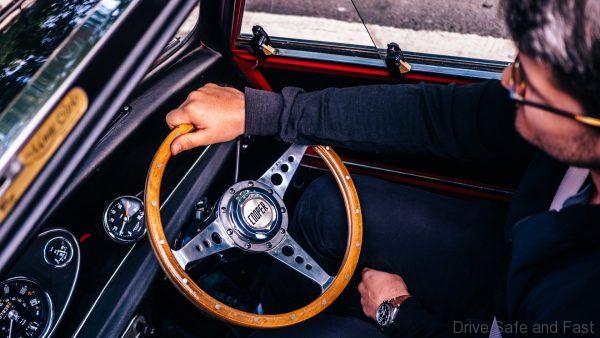
One of the reasons for this outstanding success is that from the start the Mini met all the requirements of its time, while offering further qualities in the same process. Measuring just 3.05 metres or 120″ in length and selling at a retail price of £ 496, the Mini was simply perfect for small parking spaces and low budgets. Through its driving qualities and the charming character of its proportions alone, the Mini was however also of great interest to the ambitious motorist seeking not only compact dimensions and superior economy, but also sporting performance particularly in bends as well as individual style on the road.
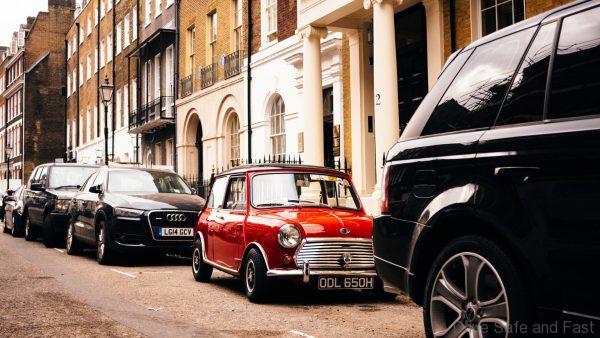
This blend of different qualities remains as popular today as ever before, with a concept likewise younger than ever. Hence, the current MINI is also more up-to-date and, at the same time, more fascinating and respected than any of its competitors, combining unparalleled efficiency, lasting value of the highest calibre, and incredibly agile handling in the modern mega-city with unrivalled sportiness and design full of expression and quite unmistakable.




